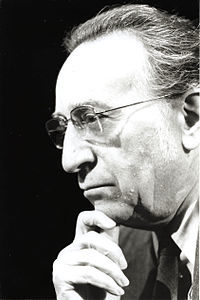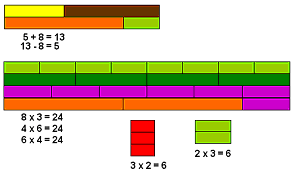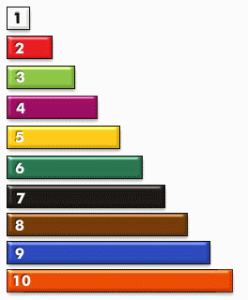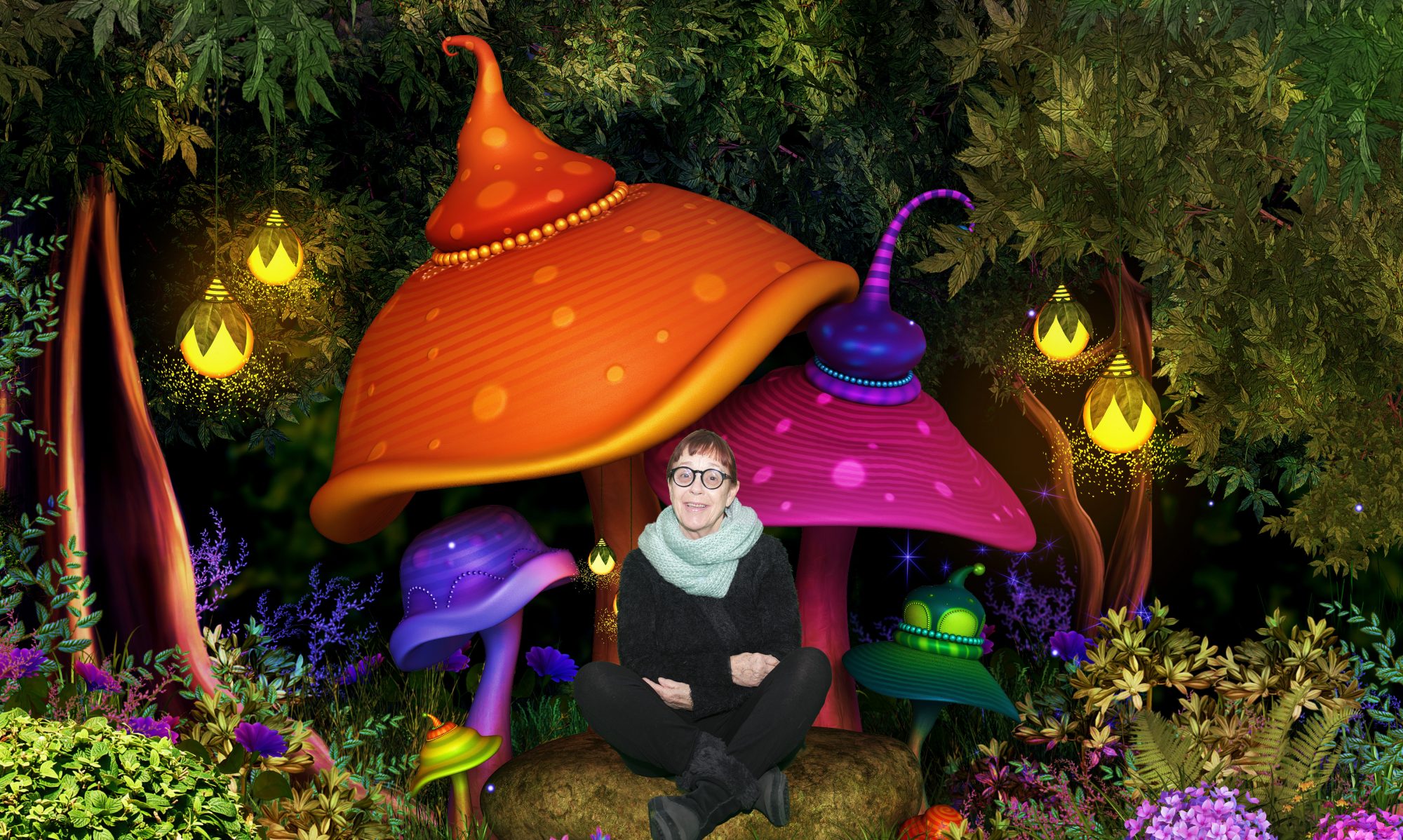 Caleb Gattegno
Caleb Gattegno  invented Cuisenaire rods and they became incredibly popular during the 50s and 60s.
invented Cuisenaire rods and they became incredibly popular during the 50s and 60s.
His rods and teaching method truly changed the landscape forever in terms of teacher expectations of children’s maths understanding.
I was fortunate enough to have them introduced to me at an early stage of my career and to have been placed in a school where they were still widely used.
As a rather scared beginning teacher I followed the provided guide book to the letter and used them on a daily basis.
I quickly learned to revise my expectations of what my grade one students could do. 
We went WAY beyond the curriculum requirements and my class easily added, subtracted, multiplied and used the division process.
They even learned fractions easily and naturally and set out to use rods to solve simple word problems.
 They also used their rods to build structures and make pictures. Children loved them and they all had a set in their desks!
They also used their rods to build structures and make pictures. Children loved them and they all had a set in their desks!
Each colour corresponded to a number and this aided fast retention.
Check out this addition lesson for an example of teaching addition to very young children.
https://www.youtube.com/watch?v=0vbpeKYH3z8
Sadly, the rods gradually went out of fashion and some experts commented that,
“Forever children will see YELLOW and think 5!”
Obviously they had not used Cuisenaire and certainly had not worked with kids! Kids are FAR smarter than that!
Some wise teachers continued using Cuisenaire to an extent and I am pleased to see them becoming popular again!
I now realise they can be used with older kids as well.
Teachers can demonstrate fractions, decimals, percentages with them, teach concepts of money, odd, even, factors and prime numbers and much more!
If they become widely adopted they will again show teachers how easy it is to teach kids to think mathematically and to develop fast recall and mastery of all major concepts.
Kids are much smarter than we think!
Of course they are but one resource in an ever-widening plethora of methods but it is one we can depend on to deliver results!
We have made them an integral part of our MAKING MATHS MEANINGFUL program and I hope to see them used again in all pre-schools and primary schools.
Children love these colourful manipulatives and as teachers and parents we all know what that means-
engaged kids+ great program= RESULTS!
